A handful of classic songs and musical arrangements are entering the Public Domain this year. This means their copyright either expired due to age or has not been renewed by the copyright owner. These new works entering the Public Domain in 2025 were published in 1929. They now belong to the public and can be used in other creative works without limitations from copyright or licensing.
Videos by American Songwriter
“Singin’ In The Rain” was introduced in 1929 by Doris Eaton Travis in The Hollywood Music Box Revue. Arthur Freed wrote the lyrics and Nacio Herb Brown wrote the music. Famously, it was the jumping-off point for the 1952 film of the same name. Freed drew inspiration from his back catalog of songs with Brown. Overall, Singin’ In The Rain is a classic, comedic look at Hollywood in the late 1920s, with the title song becoming one of the most beloved in film and music history.
In 1929, Fats Waller and Harry Brooks wrote the music for “Ain’t Misbehavin’” for the musical comedy Connie’s Hot Chocolates. Andy Razaf wrote the lyrics, and the song went on to become a popular standard. It’s been recorded by artists like Louis Armstrong, Ruth Etting, Sarah Vaughan, and Billie Holiday. Additionally, Eartha Kitt, Bing Crosby, and Ella Fitzgerald recorded versions, among many others. Generally, it’s possibly one of the most recognizable songs of the 20th century.
What Other Songs Entered the Public Domain This Year?
“An American in Paris” by George Gershwin has entered the Public Domain as well. The orchestral poem was inspired by Gershwin’s time in Paris, and it inspired the 1951 film of the same name. That film featured many of Gershwin’s compositions, culminating in the final scene—an elaborate dance number choreographed to “An American in Paris.” At the time, it was the most expensive musical number ever filmed, costing about $500,000.
Another George Gershwin tune is entering the Public Domain in addition to “An American in Paris.” In 1924, Gershwin composed “Rhapsody in Blue” after a commission from bandleader Paul Whiteman. Many music critics posit the piece was a portrait of New York City in the Jazz Age. Overall, “Rhapsody in Blue” boldly blends classical orchestration with American jazz. While critics have clarified that the piece is in no way a definitive look at the influence of jazz, its impact on jazz, classical, and even popular music is still felt today.
Featured Image by GAB Archive/Redferns

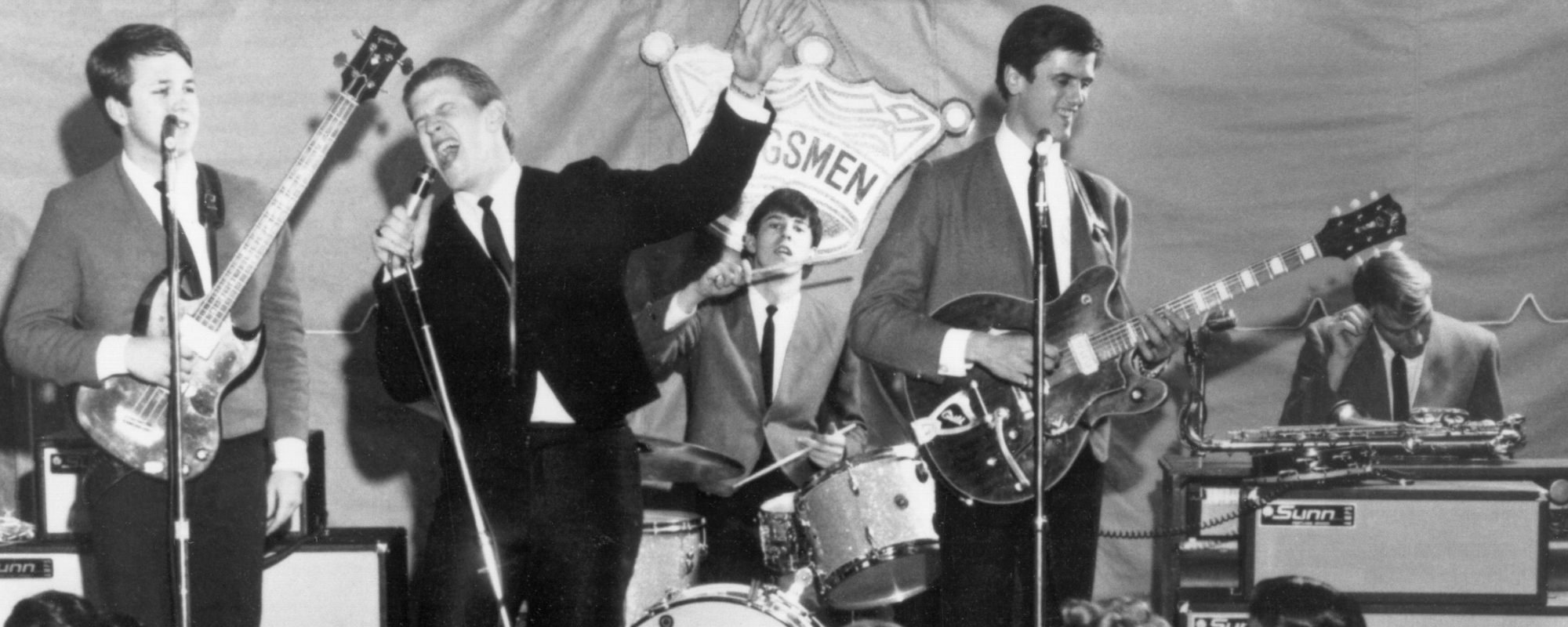

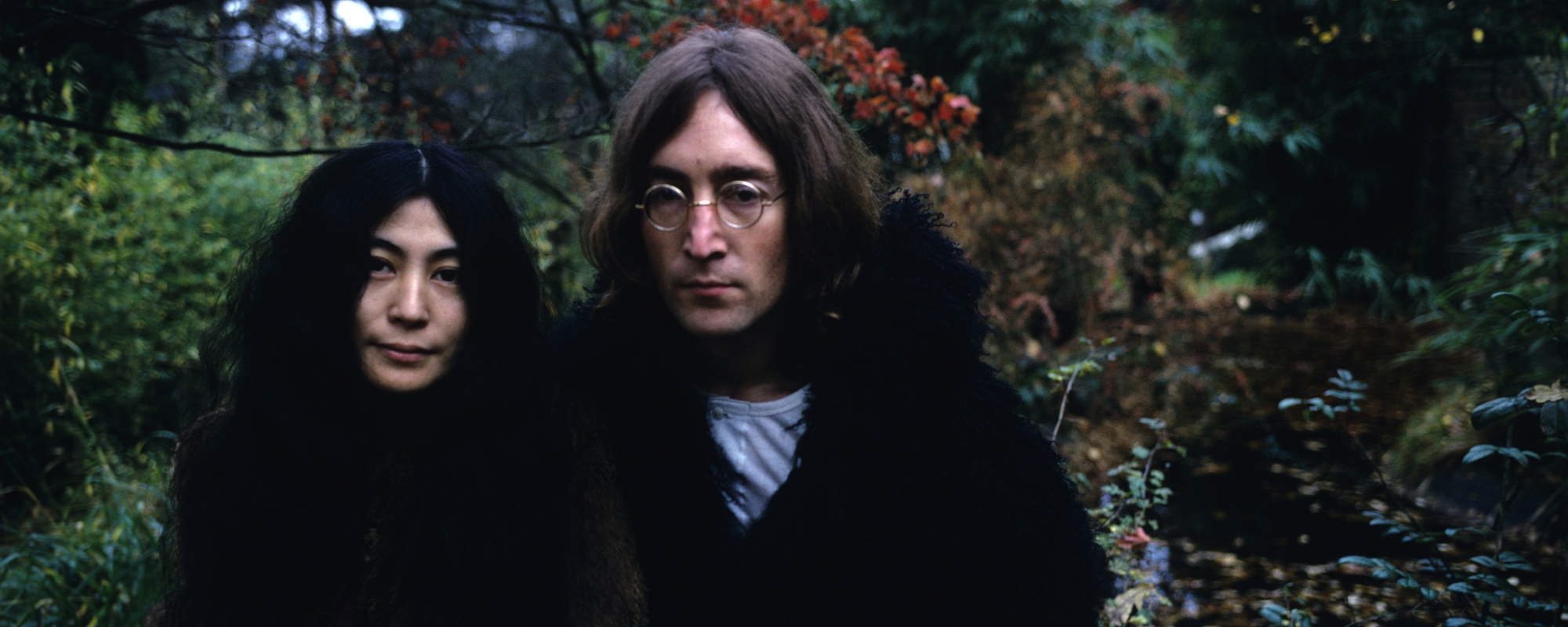

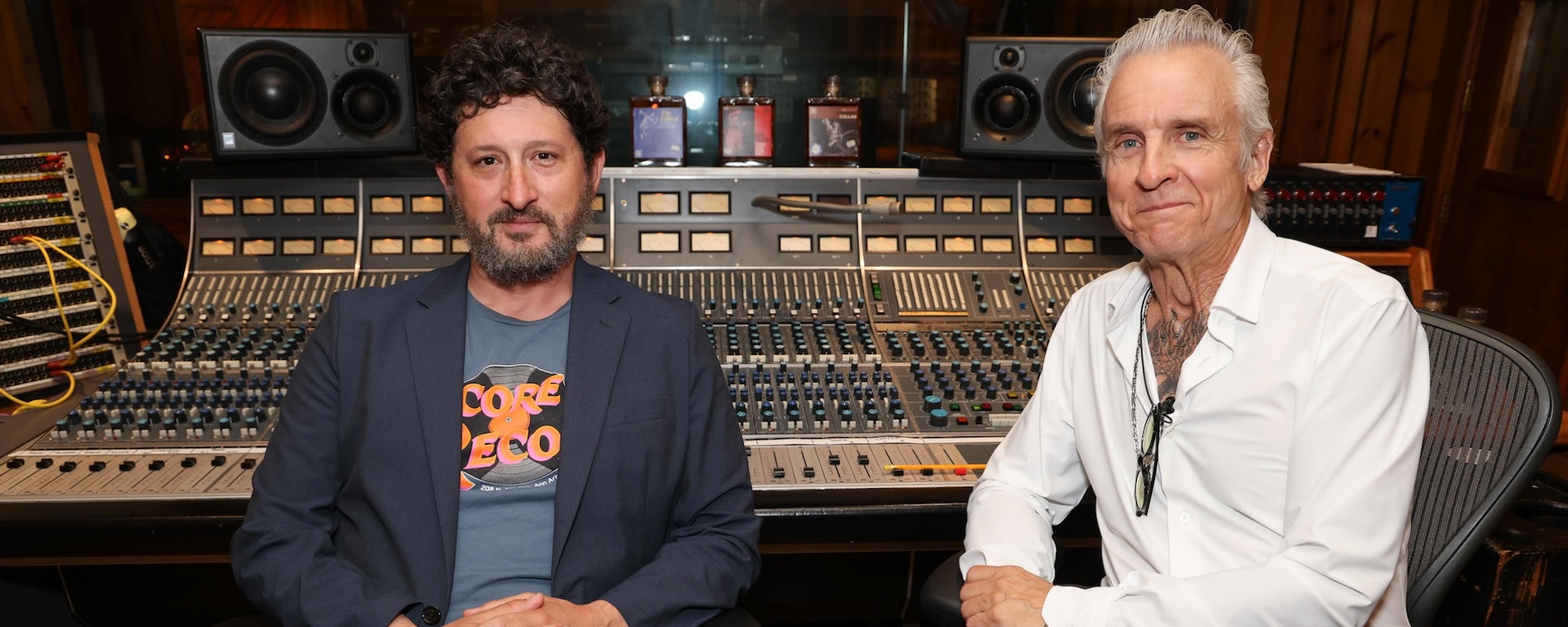


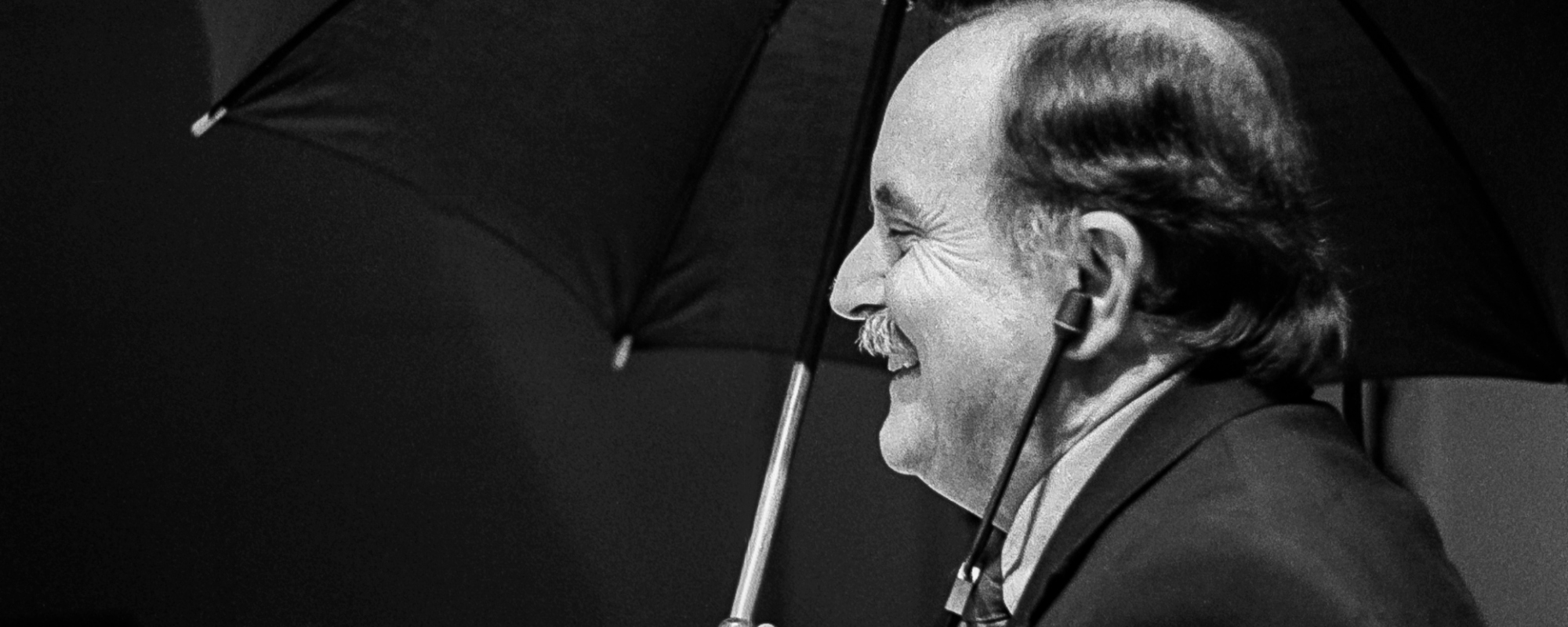
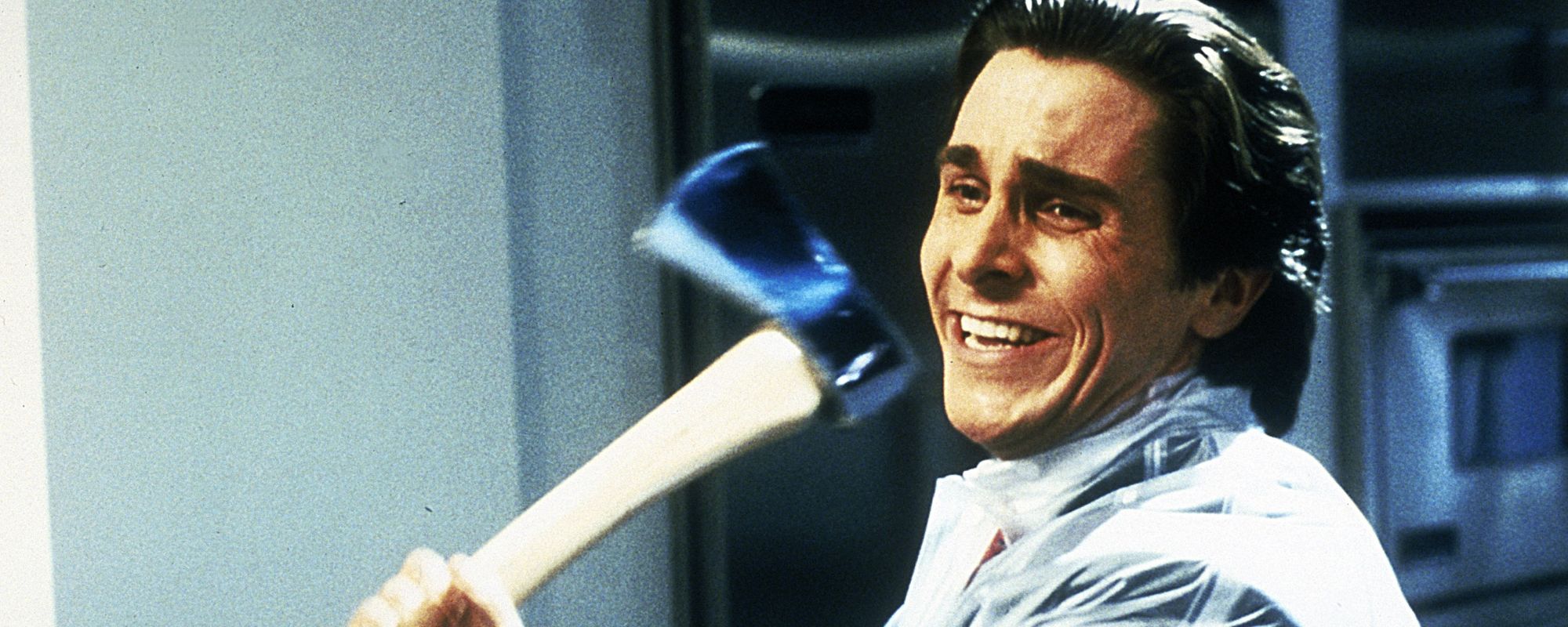
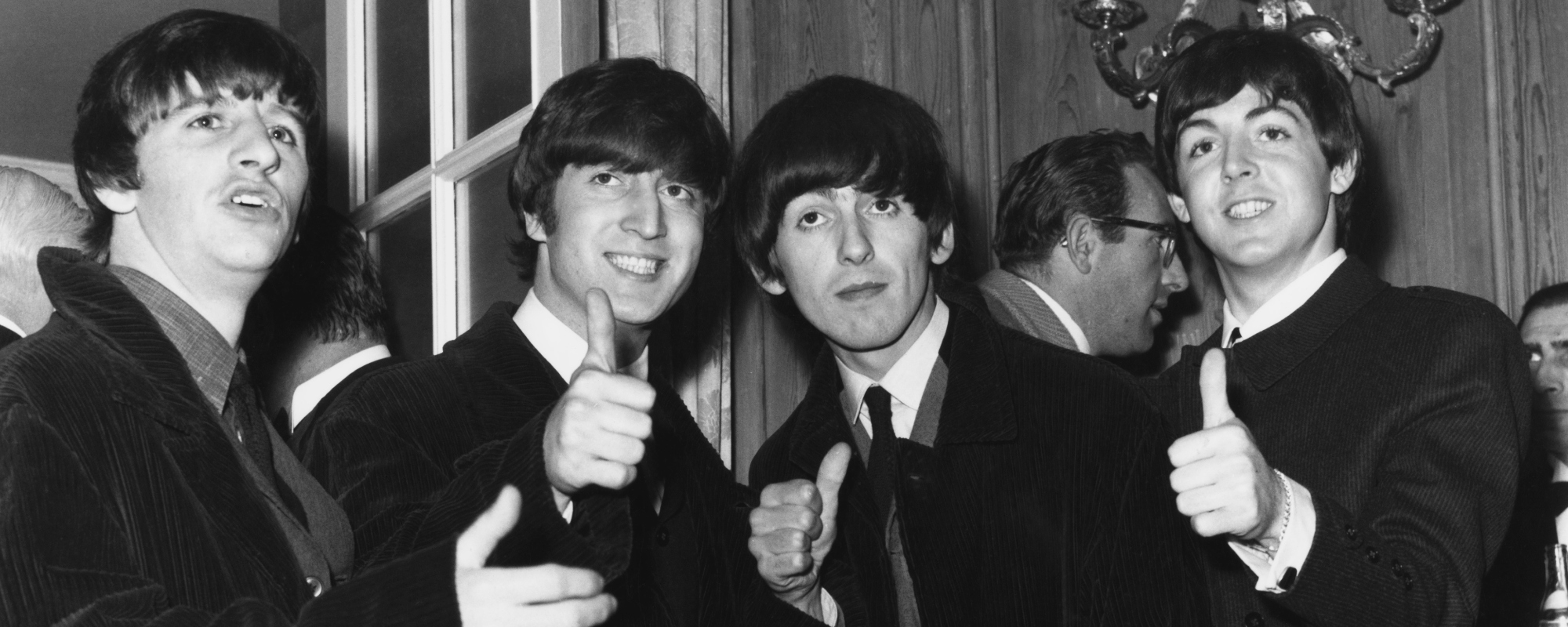
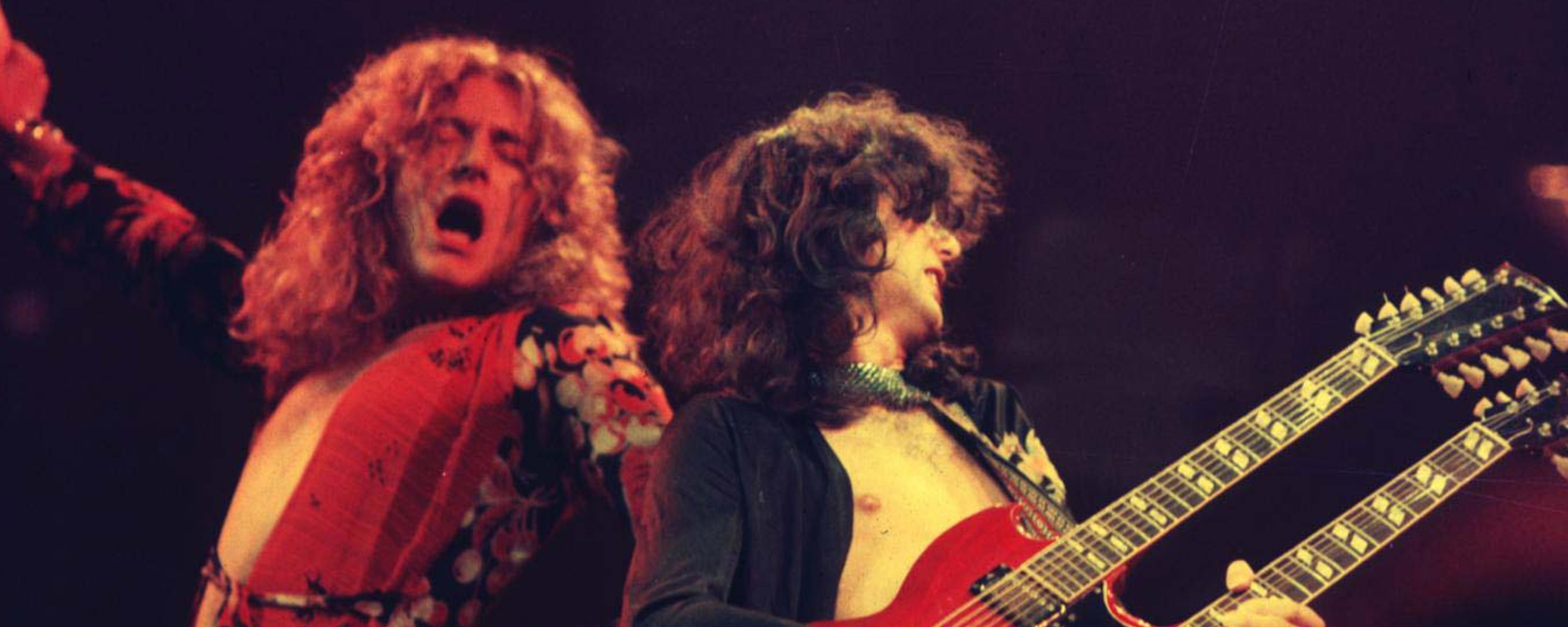
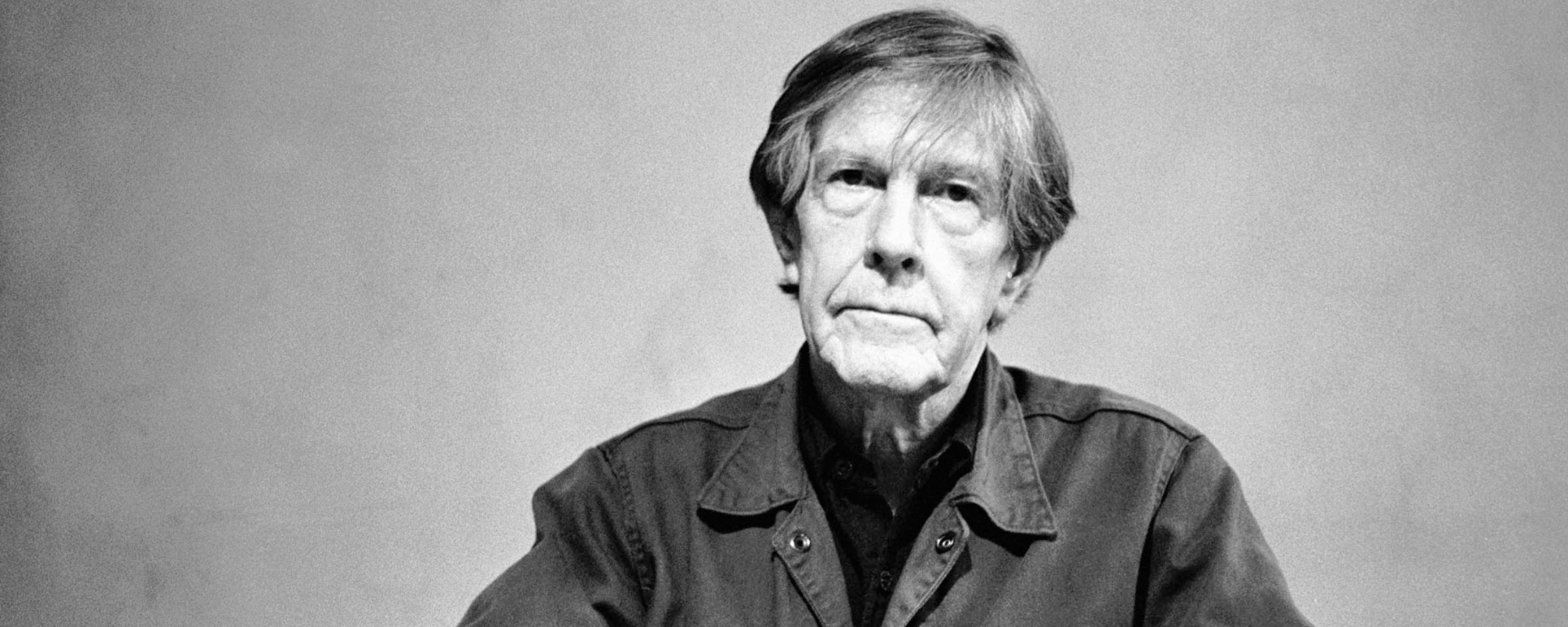
Leave a Reply
Only members can comment. Become a member. Already a member? Log in.